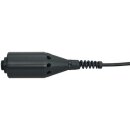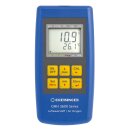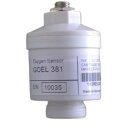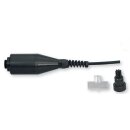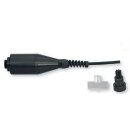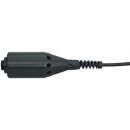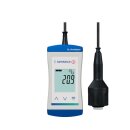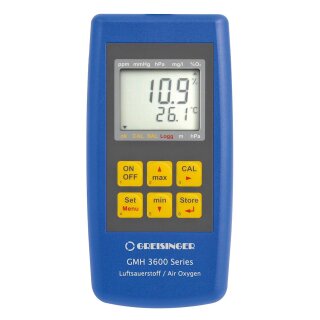
-
: 11 - 13 Workdays (DE - int. shipments may differ)

-
: 1 - 3 Workdays (DE - int. shipments may differ)
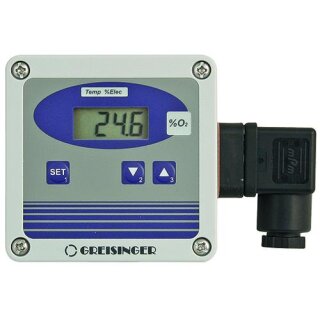
-
: 11 - 13 Workdays (DE - int. shipments may differ)

-
: 11 - 13 Workdays (DE - int. shipments may differ)

-
: 11 - 13 Workdays (DE - int. shipments may differ)
- SKU:
- GOO370
- Shipping weight:
- 0,21 kg
- SKU:
- GMH3692
- SKU:
- GOEL370
Replacement sensor for GHM Greisinger oxygen instruments.
- SKU:
- GMH3695
- SKU:
- GOEL381
Replacement sensor for GHM Greisinger oxygen instruments.
- SKU:
- GGO370-L01-G36-GE
- SKU:
- GGO381
- SKU:
- GOO381
- SKU:
- ECO410-35
- 0-100 vol. % O2, recommended for 0.2 to 35.0%
- modern & functional - pocked size
- waterproof IP65 and IP67
- comfortable air adjustment at push of button
- 3-line display with backlight/ overhead display at push of button
- SKU:
- ECO410T-35
- Sport diver version "T" with MOD calculation for Nitrox
- 0.0-100 vol. % O2, recommended for 0.2 to 35.0%
- modern & functional - pocked size
- waterproof IP65 and IP67
- comfortable air adjustment at push of button
Why an Air Quality Monitor is Essential for Your Home
We spend most of our time indoors, whether at home, in the office, or in public buildings. Unfortunately, indoor air quality is often worse than outdoor air. An air quality monitor can help you track concentrations of pollutants such as carbon dioxide, fine dust, VOCs (volatile organic compounds), and other potentially harmful substances. This allows you to take timely action to improve air quality, whether through ventilation, using air purifiers, or eliminating pollution sources.
How an Air Quality Monitor Can Help You
Poor air quality can cause a variety of health problems, including respiratory diseases, allergies, and even cardiovascular conditions. An air quality monitor enables you to continuously monitor air quality and detect potential risks early. With the precise data provided by our air quality monitor, you can take targeted measures to improve air quality and protect your well-being. Additionally, regular measurements allow you to identify long-term trends and changes in air quality and respond accordingly.

